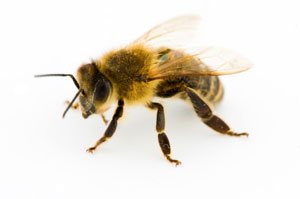DIFFERENT CANCER SAME MUTATION

An astounding variety of genetic abnormalities can cause healthy cells to turn cancerous. Few of these are shared among cancers of the same tissue, and fewer still are shared among cancers of different tissues. Nevertheless, scientists searching for such common genetic needles in an array of cancer.
“For the first time we have been able to analyze, across the board, large numbers of tumor samples . . . and also systematically look across different tumor types,” said Chris Sander, chair of the computational biology program at the Memorial Sloan-Kettering Cancer Center in New York, and senior author on one of the new papers. The main aim was to learn about principles of cancer biology that might not have been obvious from previous studies examining one tumor type in isolation.
“TCGA is all about analyzing each tumor type separately,” said Josh Stuart, a professor of biomolecular engineering at the University of California, Santa Cruz, who was not involved in either study. ON every time a new experiment is carried out in cancer, we always wanted to compare it to the previous one and it has been analyzed that there is some kind of similarities.
One benefit of looking at cancer samples from all tissue types is that the pool of data becomes larger, offering more statistical power. .
A scientist team examined DNA copy number alterations—common features in cancer—at roughly 1.5 million loci across the genome. They found approximately 200,000 copy number alterations in total, which worked out to about 39 alterations per cancer sample.
To determine which of these alterations might be causing cancer, the researchers looked for only those that recurred across various cancer types. By doing so, they whittled down the 200,000 or so loci to just 140. Only 35 of these loci contained known oncogenes or tumor suppressor genes, meaning the remaining 105 contained new cancer-causing candidates to investigate.
Another scientist team—which studied gene mutations and DNA methylation changes in addition to copy number alterations—similarly whittled down many thousands of such genetic aberrations to just 479 that were recurrent across multiple cancer types.
The team then asked which of these 479 genetic events occurred in each cancer sample, paving the way for new categories of cancer based on the particular constellations of aberrations they possessed. Interestingly, the team found that cancers with abundant single gene mutations tended not to have many copy number alterations and vice versa.
The two team come to in conclusion is that they have a spectrum of tumors that are driven by copy number abnormalities and then another set of tumors that are driven primarily by a series of mutational events. The two papers provided a very cogent argument that these are two of the major driving events.
Beyond learning more about the mechanisms behind the disease’s origins, such cancer studies might lead to a new kind of clinical trial. Sander described such studies as basket or matrix trials, in which patients with different tumor types—for example, breast, ovarian, or colorectal—but similar constellations of genetic alterations, would be treated with the same drug or drugs.
It’s possible that the same mutation in different cancer types could indicate different responses to drugs.
REFERNCE-
G. Ciriello et al., “Emerging landscape of oncogenic signatures across human cancers,” Nature Genetics, doi:10.1038/ng.2762, 2013.
T. I. Zack et al., “Pan-cancer patterns of somatic copy number alteration,” Nature Genetics,doi:10.1038/ng.2760, 2013.






